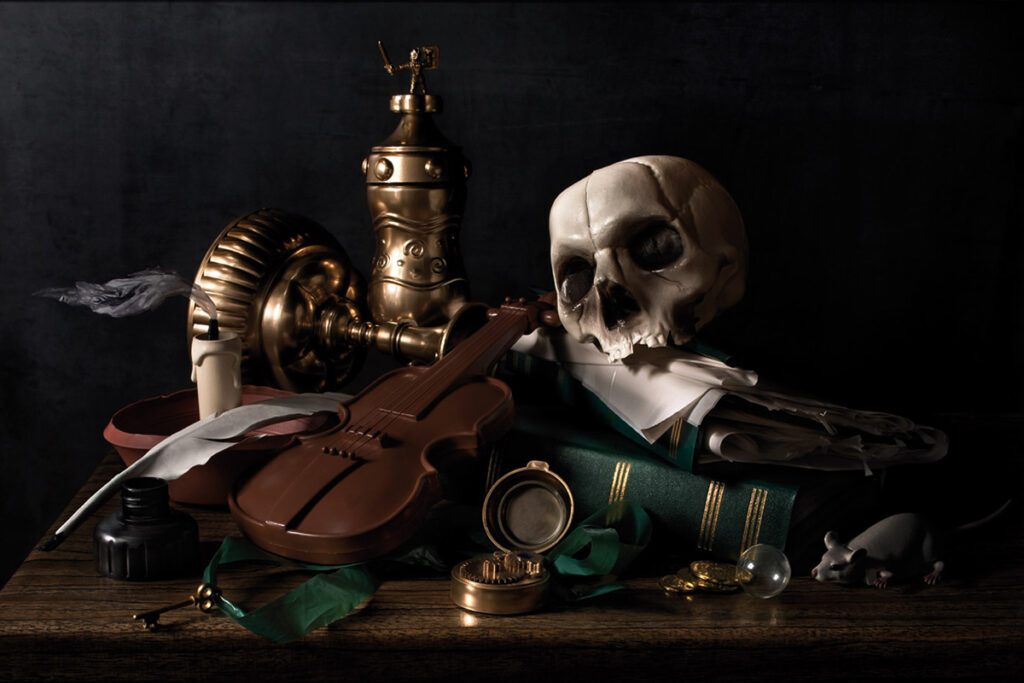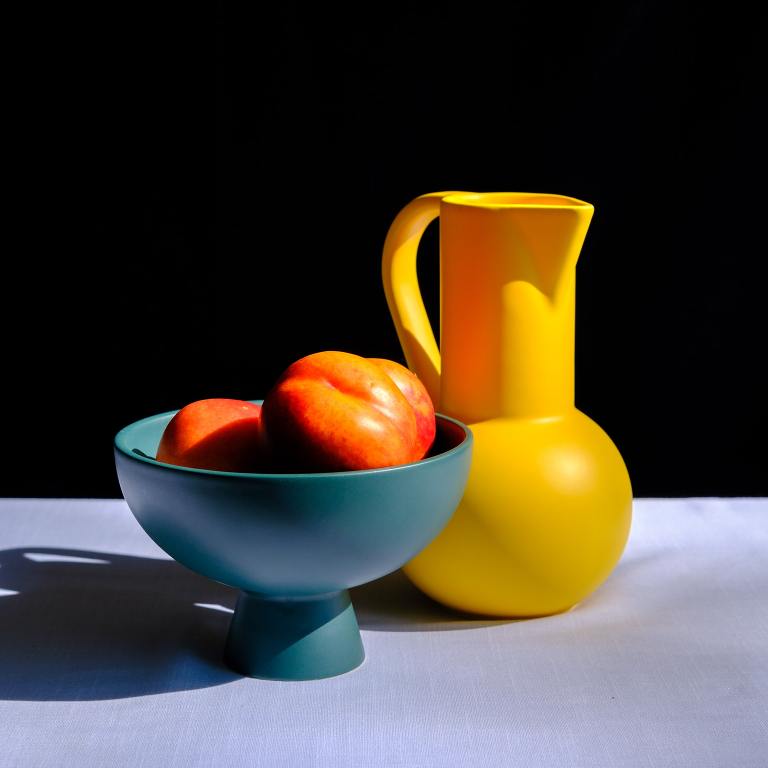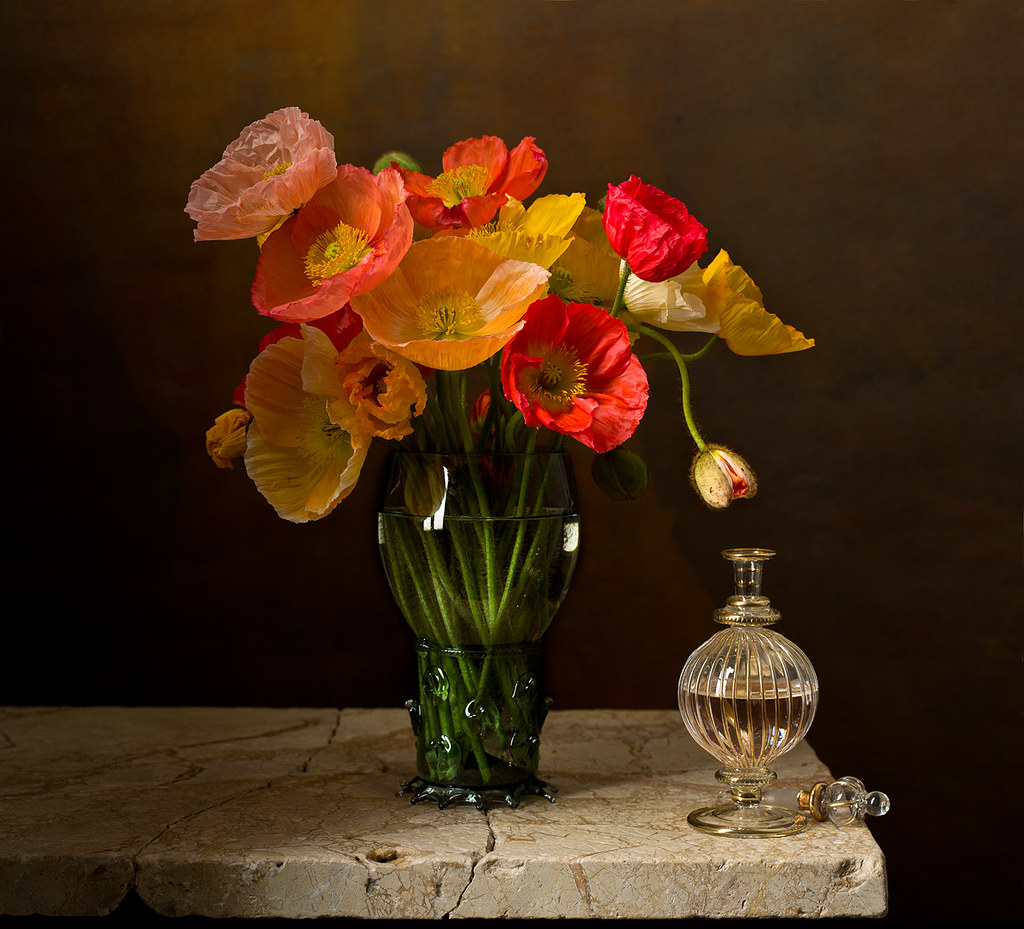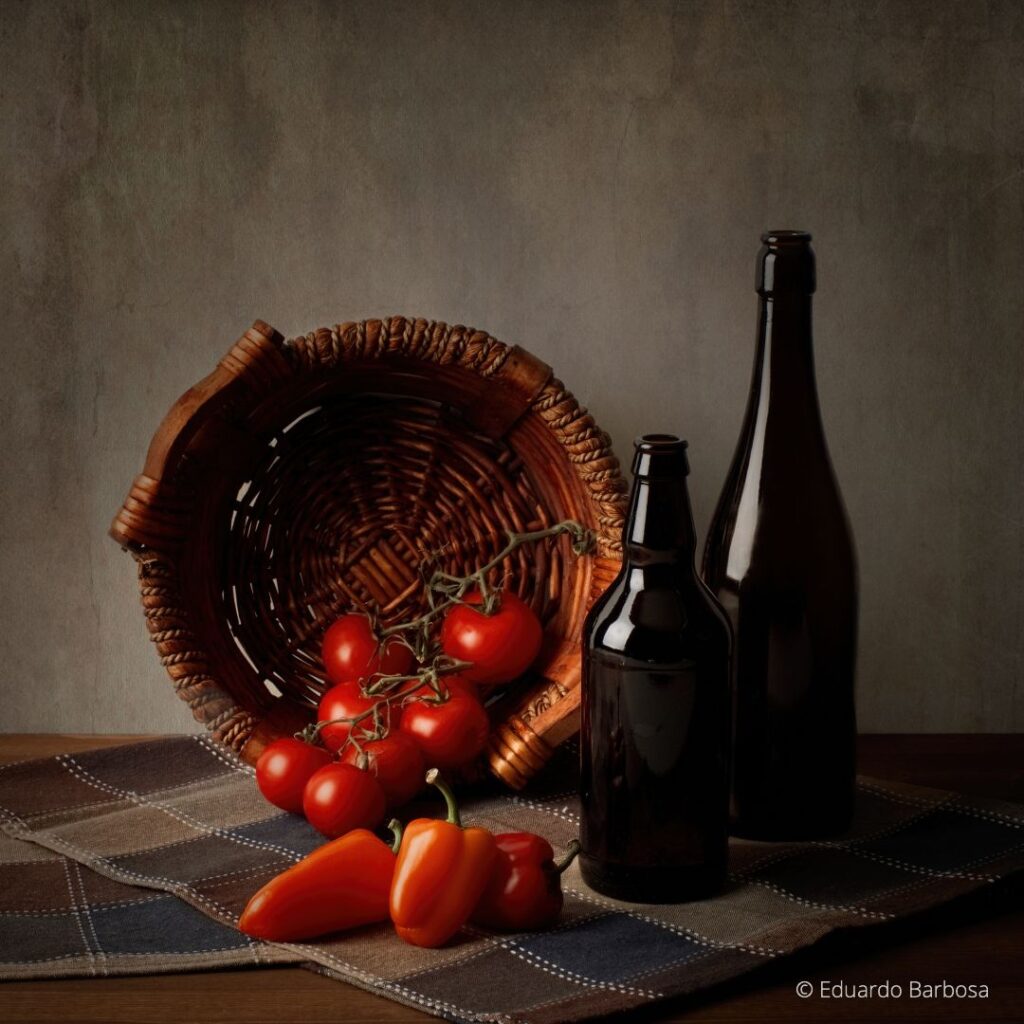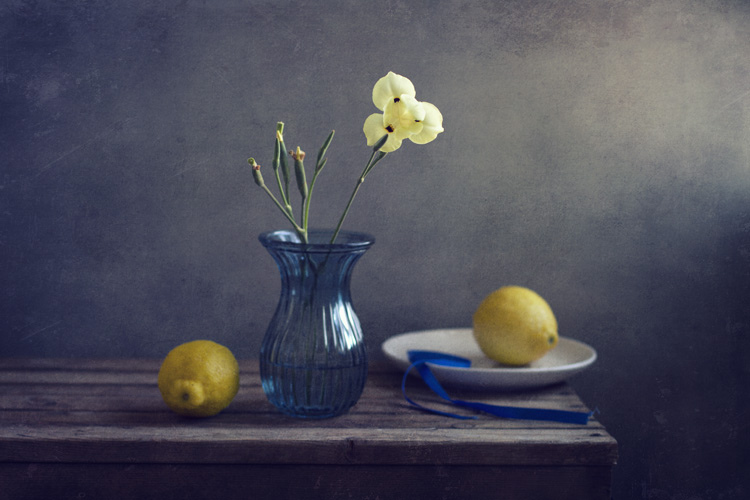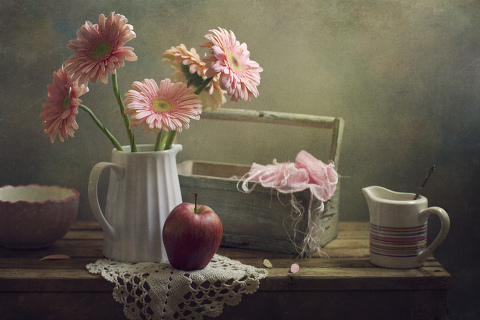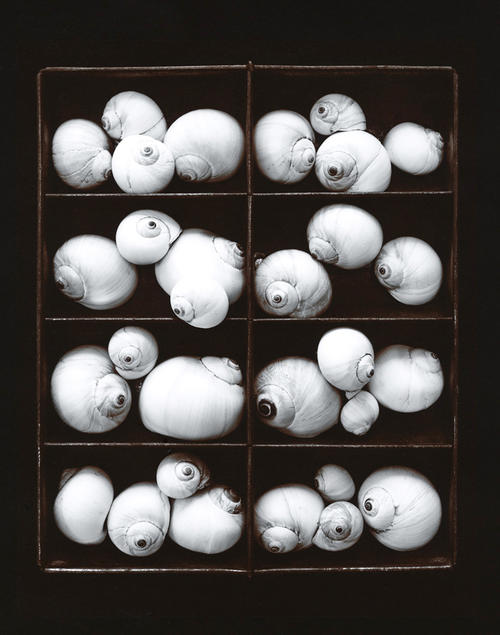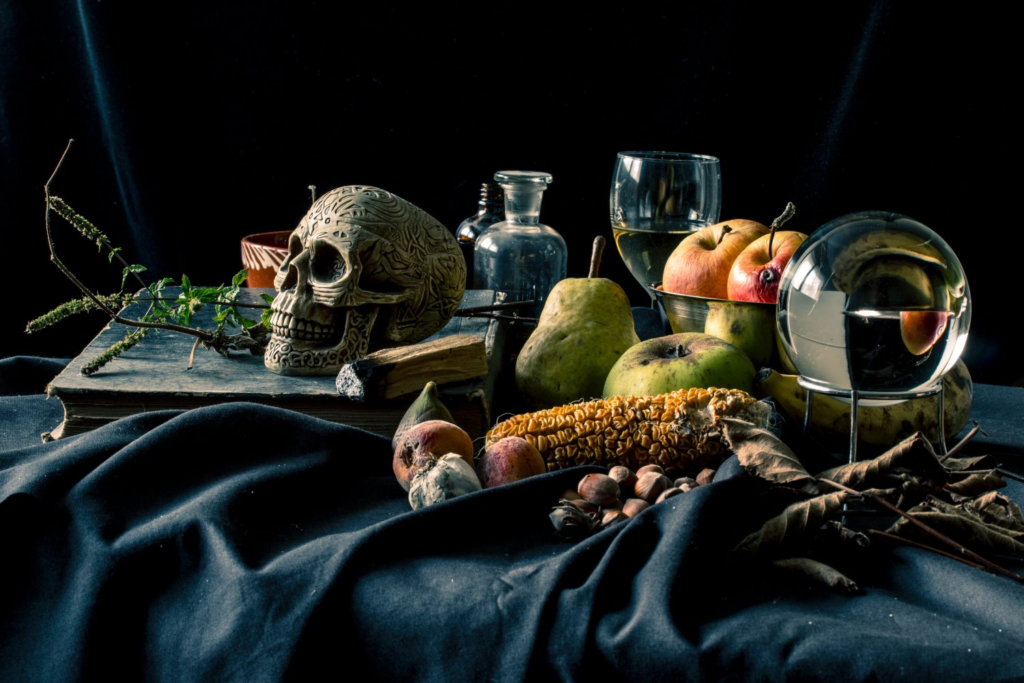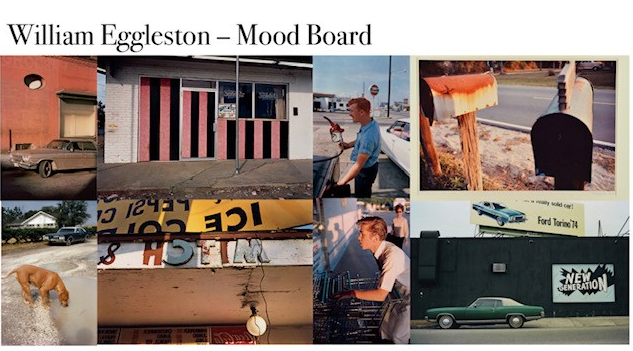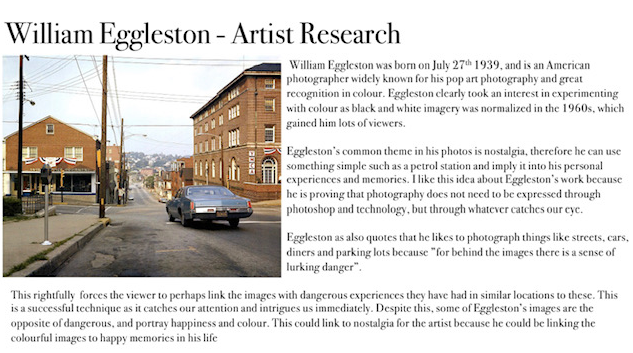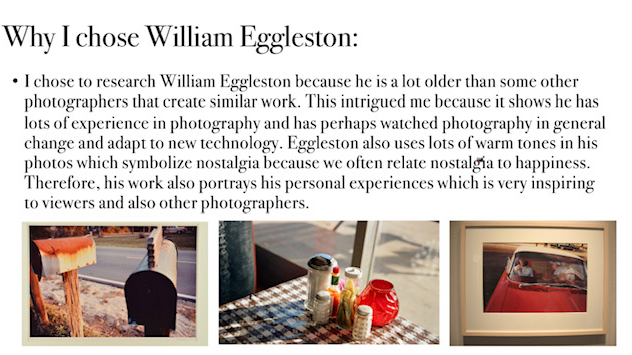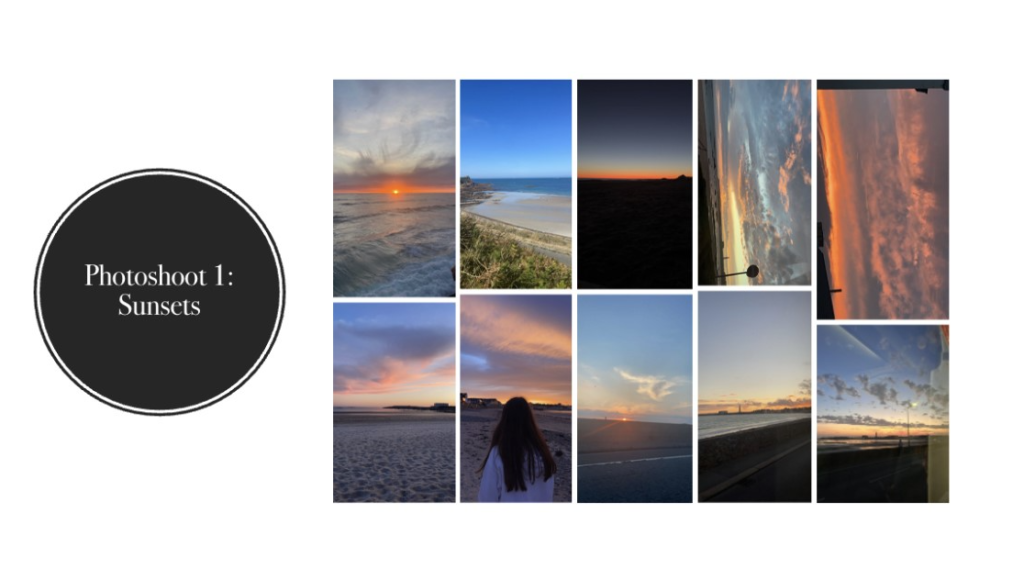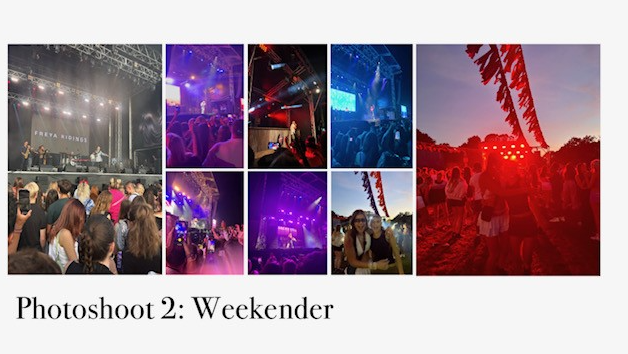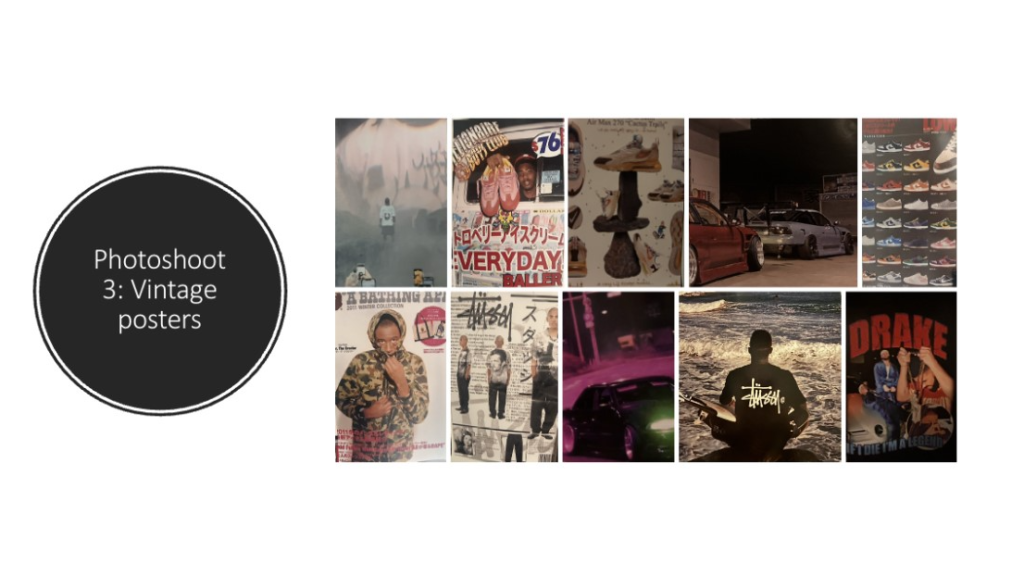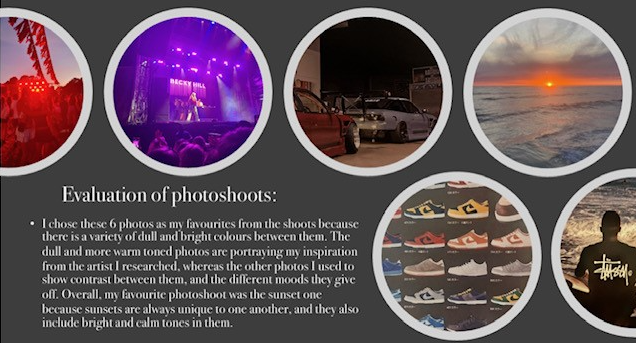In photography, I use a DLSR Canon camera to take photos, because it ensures they all have good quality and there are various different ways I can adjust my images. This camera is extremely beneficial for photography as it allows me to change the shutter speed, ISO and aperture.
- The shutter speed is the length of time from the moment the shutter opens and this then allows light into the camera. A fast shutter speed will create a short exposure, whereas as a slower shutter speed will create a long exposure. This is because the shutter is open for a longer period of time which allows more light into the camera.
- The aperture is the opening of the lens’s diagram through which light passes through. Having a smaller aperture creates a sharper image.
- The ISO ( International standard organization) is an image sensitivity in a numerical value. Having a higher ISO can lower the quality of your photo and degrade is which will cause your photos to be grainy or “noisy”.
We used this app to begin experimenting with different apertures, shutter speeds and ISO, which was helpful because it allowed us to decide which ones look best for each specific photo. We then could apply these skills to when we actually use the cameras, which saves time and we could identify which ones would benefit the photos most.
Aperture
Aperture controls the size of the lens opening which allows light into your camera.

Opening the lens more or having a low f-stop number (e.g. f/1.4) blurs the background/foreground around your subject. This is known as a shallow depth of field.
Keeping the lens more closed or having a high f-stop number (e.g. f/16) keeps the photo sharp throughout. This is known as a wide depth of field.
Shutter Speed
Shutter Speed is the amount of time the shutter is open to expose the image sensor to light.
Slow shutter speeds expose more light to the image sensor so still objects will have more detail and moving objects will appear to have more motion/be blurry.
Faster shutter speeds means less light is exposed to the image sensor and moving objects appear more still.
ISO
The ISO of a camera selects how much light the image sensor detects.
Too much light on a sunny day can cause overexposed shots so a lower ISO would be preferred.
Too little light in a shady room or day can cause grainy images.
The general rule is to use the lowest ISO possible to get the most detail possible.
Exposure Meter
The Exposure Meter is your final check before you snap a shot. It shows you how well your aperture, ISO and shutter speed are working together. It is used as a guide to show exposure.

